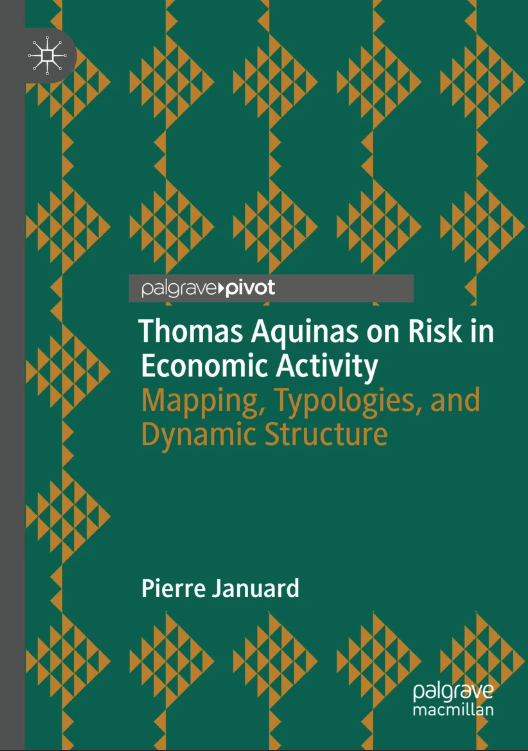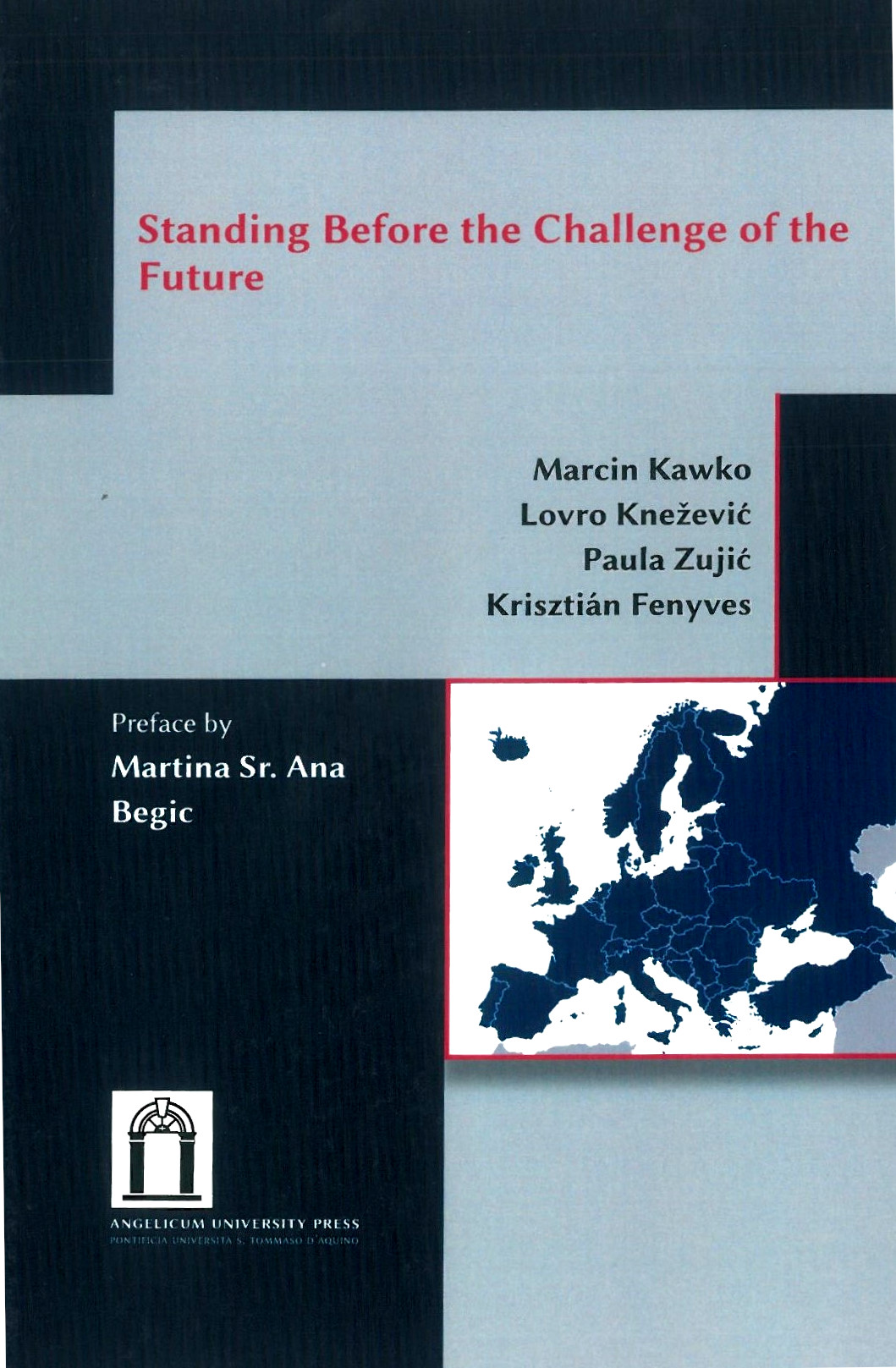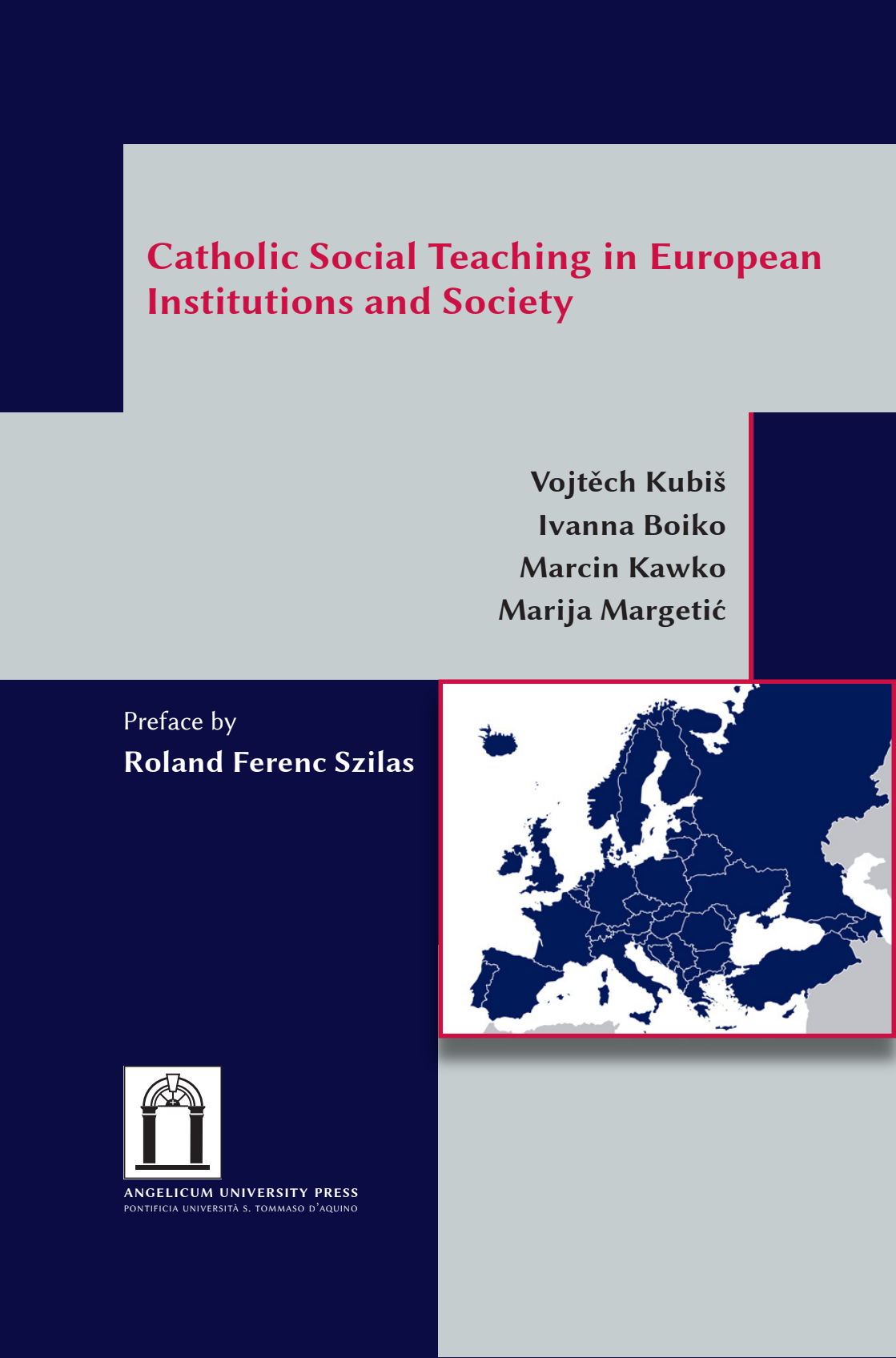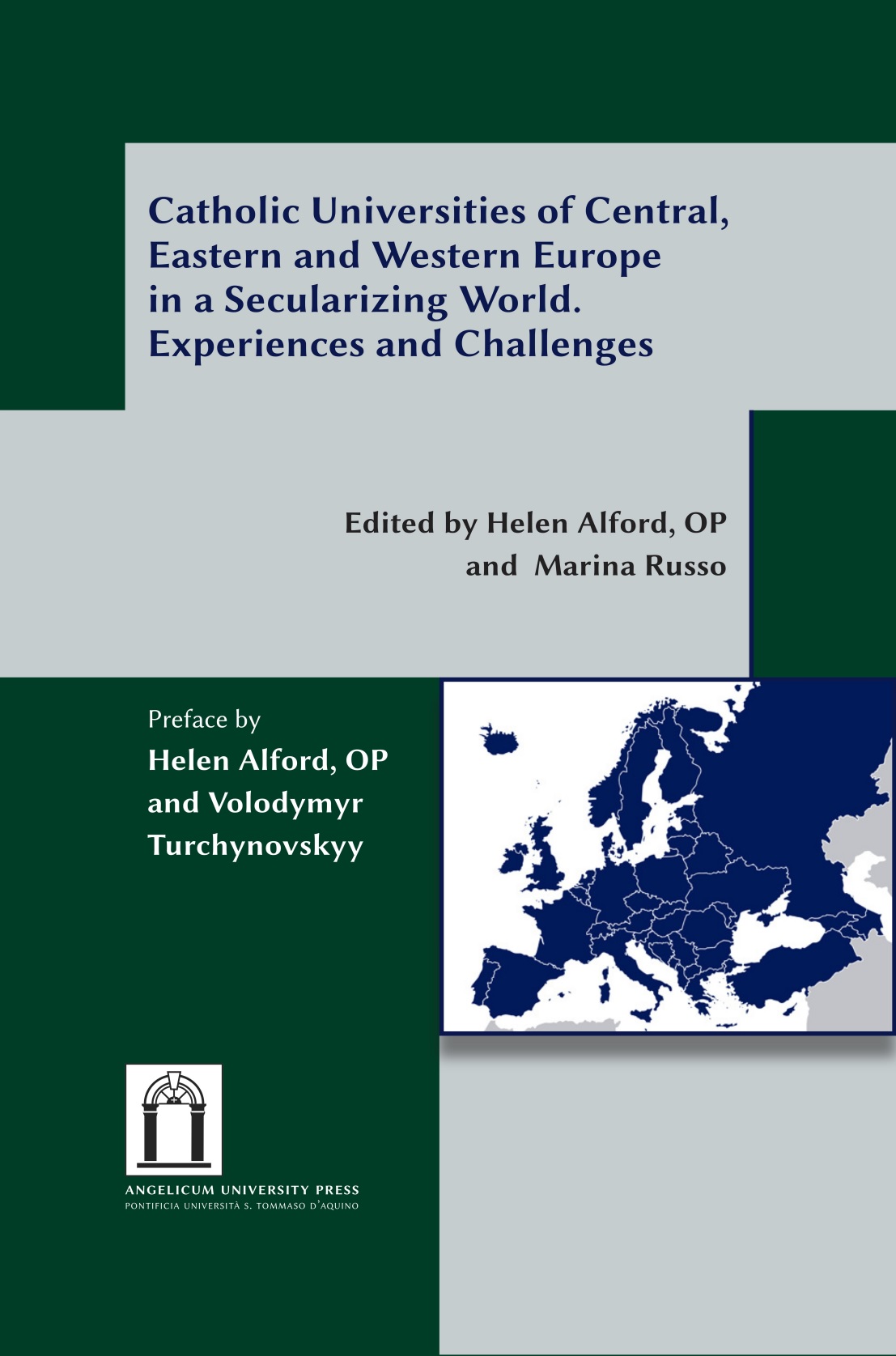It does not admit of doubt that the call for labour in our centres of industry and commerce is the prime cause of those currents of migration which it is the object of this paper to trace.
cause of those currents of migration which it is the object of this paper to trace.
If, there fore, we speak perhaps somewhat presumptuously of "laws of "migration," we can only refer to the mode in which the deficiency of hands in one part of the country is supplied from other parts where population is redundant.
1. We have already proved that the great body of our migrants only proceed a short distance, and that there takes place consequently a universal shifting or displacement of the population, which produces "currents of migration" setting in the direction of the great centres of commerce and industry which absorb the migrants.
In forming an estimate of this displacement we must take into account the number of natives of each county which furnishes the migrants, as also the population of the towns or districts which absorb them.
2. It is the natural outcome of this movement of migration, limited in range, but universal throughout the country, that the process of absorption would go on in the following manner.
The inhabitants of the country immediately surrounding a town of rapid growth, flock into it; the gaps thus left in the rural population are filled up by migrants from more remote districts, until the attractive force of one of our rapidly growing cities makes its influence felt, step by step, to the most remote corner of the kingdom. Migrants enumerated in a certain centre of absorption will consequently grow less with the distance proportionately to the native population which
furnishes them, and a map exhibiting by tints the recruiting process of any town ought clearly to demonstrate this fact. That this is actually the case will be found by referring to maps 3, 4, 8, and 9. These maps show at the same time that facilities of communication may frequently countervail the disadvantages of distance.
3. The process of dispersion is the inverse of that of absorption, and exhibits similar features.
4. Each main current of migration produces a compensating counter-current.
5. Migrants proceeding long distances generally go by preference to one of the great centres of commerce or industry.
6. The natives of towns are less migratory than those of the rural parts of the country.
7. Females are more migratory that males.
See also:
http://www.csiss.org/classics/content/90
1) Most migrants only proceed a short distance, and toward centers of absorption.
2) As migrants move toward absorption centers, they leave "gaps" that are filled up by migrants from more remote districts, creating migration flows that reach to "the most remote corner of the kingdom."
3) The process of dispersion is inverse to that of absorption. 
4) Each main current of migration produces a compensating counter-current.
5) Migrants proceeding long distances generally go by preference to one of the great centers of commerce or industry.
6) The natives of towns are less migratory than those of the rural parts of the country.
7) Females are more migratory than males.
NOTA
Source: http://blog.lib.umn.edu/ pp.198-199
 IT
IT  EN
EN 
















